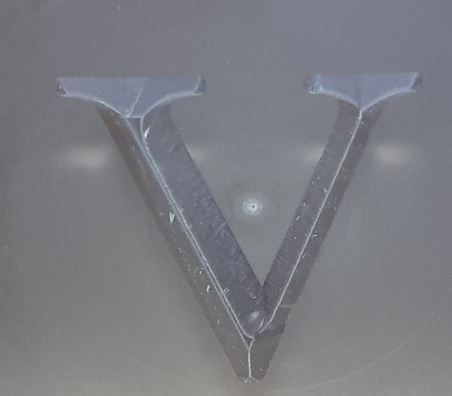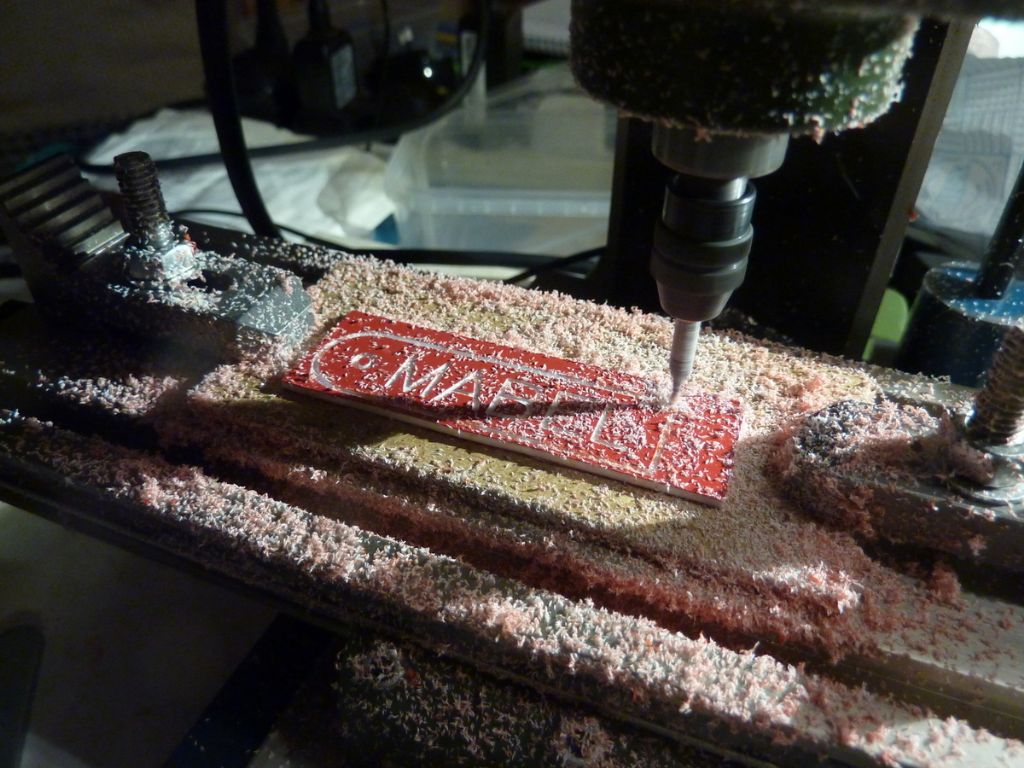Here's an imperial chart for text height/cutter size that might help.
Selecting the Right Cutter Size
There is a readabilty chart some where on the internet, listing the font size and distance it can be read at, but don't have a link for it!
There are several type of engraving laminates, including Traffolite, a very hard material normally cut with a tc cutter, I avoided in my day as an engraver. Most of the plastics now are acrylic, as these can be laser engraved, some of the older materials cannot . You also get different surface film thickneses, use a 'micro' surface for small fine lettering, needing around a 0.2mm point, a sharp cutter is essential for good results!
Althouigh I am retired, I still take an interest in engraving, At work we still have a small pantograph engraver, used for silver plates, an A4 size computer controlled rotary engraver, and a Trotec 400 laser engraver. For brass and aluminium signs a 1993 CNC router with Persk high speed motor.
Missing the work, I have a 3020 CNC router which I use occasionally for lettering using a single line font, the only problem is that the film thickness of engraving materials can vary, leading a difference in thickness of the strokes, which is avoided on 'proper' engraving machines with a floating head and nose depth adjustment.
By the way, I just use the 3.17mm cutters used on the small CNC machines
Andy Carlson.







